
Removing a tick, or worse, ticks, from your dog may not be pleasant, but it’s important to do it promptly and correctly. Once you know how, it will be a fairly easy process.
Because they can carry infectious organisms, every year ticks infect thousands of animals and people with illnesses like Lyme disease, babesiosis, and ehrlichiosis, among others. Pathogen transmission can occur as quickly as three to six hours after a bite occurs, so the sooner you remove the tick the less chance there is that your dog will get sick.
A tick has a one-piece body. The harpoon-like barbs of its mouth attach to a host for feeding. Crablike legs and a sticky secretion help hold the tick to the host. Ticks range in size from almost impossible to see with the naked eye, to ones the size of a human fingertip. The United States has about 200 tick species. They can survive—and thrive—in woods, beach grass, lawns, forests, and even urban areas. Ticks also aren’t picky eaters: they feed on mammals, birds, and even other insects.
Here is more on ticks and the risks they carry.
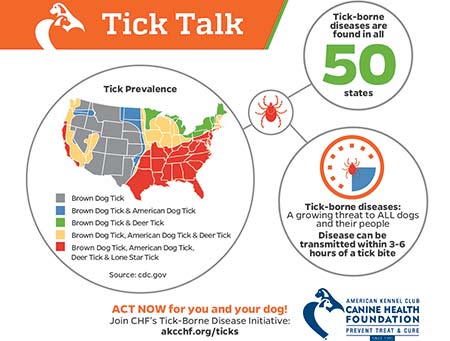
Using a pair of tweezers is the most common and effective way to remove a tick. But not just any tweezers will work. Most household tweezers have large, blunt tips. You should use fine-point tweezers, to avoid tearing the tick and spreading possible infections into the bite area.
Spread your dog’s fur, then grasp the tick as close to the skin as possible. Very gently, pull straight upward, in a slow, steady motion. This will prevent the tick’s mouth from breaking off and remaining embedded in the skin. People often believe it’s the head of the tick that embeds in the skin. But ticks don’t have heads, in the conventional sense, so what gets inserted into your dog is known as “mouth parts.”
Another option that is even easier to master is the use of a tick removal hook. It’s especially useful if you live in a tick-dense area where you dog is frequently playing host to the vexing little critters. There are several types of hooks, like the Tick Twister or the Tick Stick. You simply put the prongs on either side of the tick and twist upward.
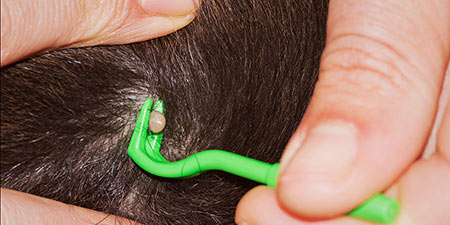
Never remove a tick with your fingers—it’s not only ineffective, the squeezing may further inject infectious material.
After you’ve removed the tick, make sure to wash your hands thoroughly, clean the bite site with rubbing alcohol, and rinse the tweezers or tool with disinfectant.
Five Tick Facts
This brave tick expert, from the University of Manitoba, demonstrates the proper method for removing a tick by letting one bite her:

Learn about the most common canine diseases that are preventable with vaccines.
Get Free Download Now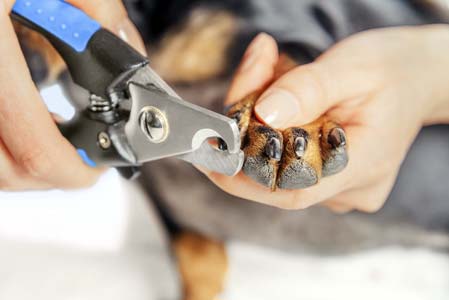 How to Trim Dog Nails
Nail Trimming is an Essential Part
How to Trim Dog Nails
Nail Trimming is an Essential Part
 Be Proactive if Your Dog Gets Lost
What to Do When Your Dog Goes Missi
Be Proactive if Your Dog Gets Lost
What to Do When Your Dog Goes Missi
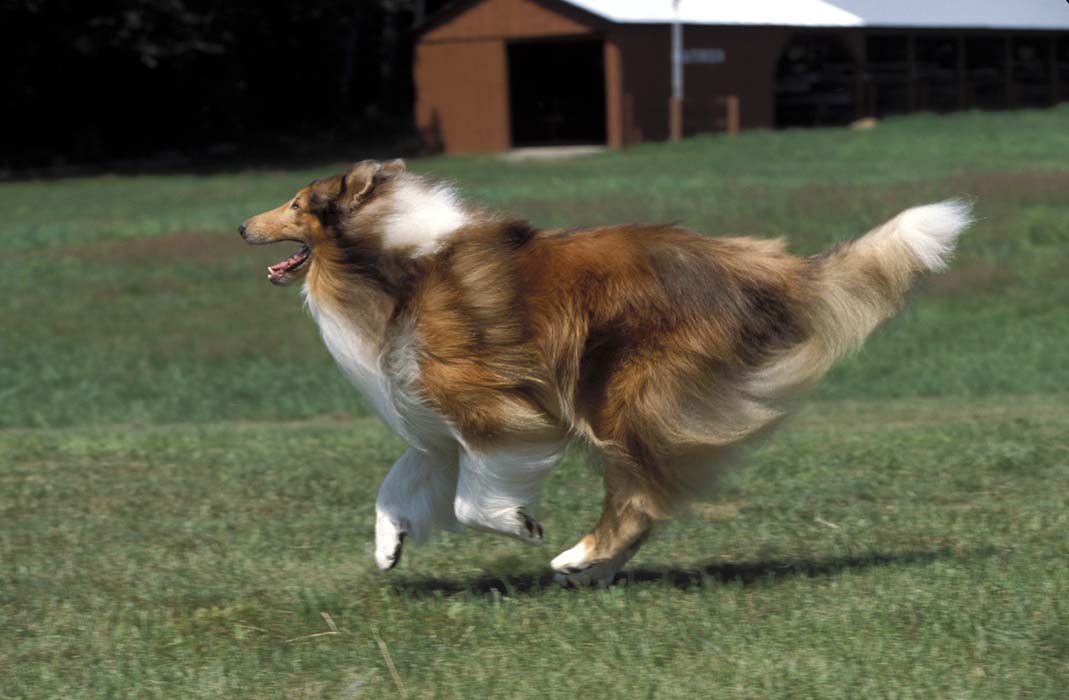 These Flowing, Glamorous Coats Give Us Breed Envy
Seeming to float around the dog sho
These Flowing, Glamorous Coats Give Us Breed Envy
Seeming to float around the dog sho
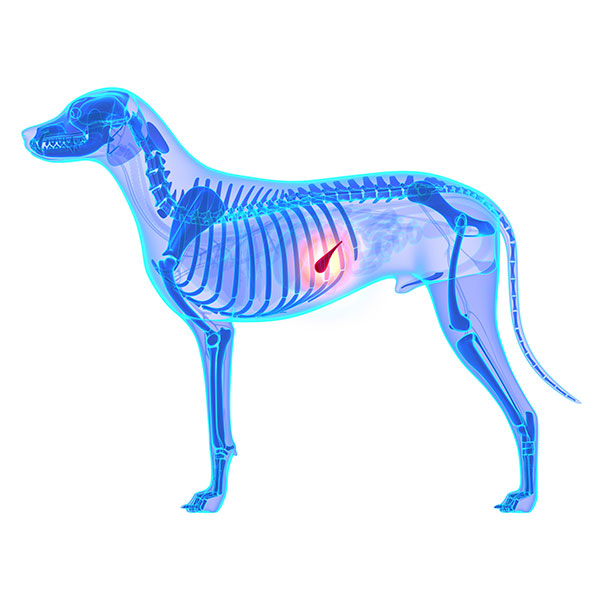 Pancreatitis in Dogs: Prevention, Symptoms, & Treatment
Pancreatitis in dogs is one of thos
Pancreatitis in Dogs: Prevention, Symptoms, & Treatment
Pancreatitis in dogs is one of thos
 CHF and Zoetis Podcast Series Pregnancy Diagnosis
The AKC Canine Health Foundation (C
CHF and Zoetis Podcast Series Pregnancy Diagnosis
The AKC Canine Health Foundation (C
Copyright © 2005-2016 Pet Information All Rights Reserved
Contact us: www162date@outlook.com